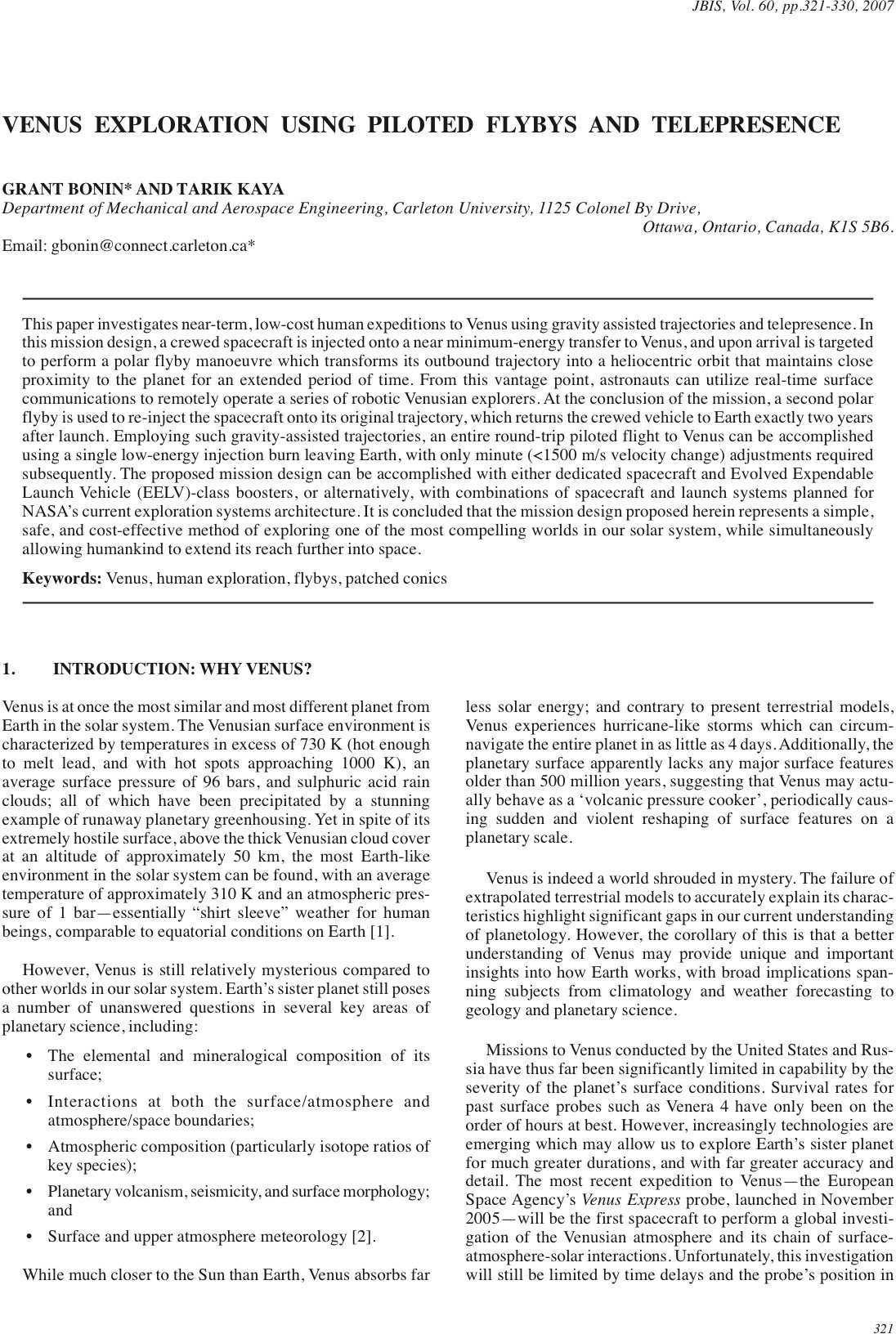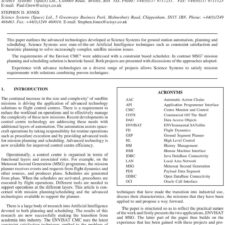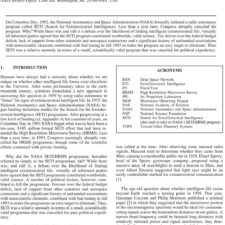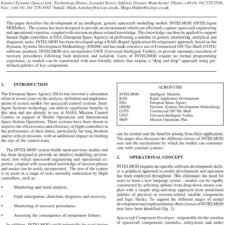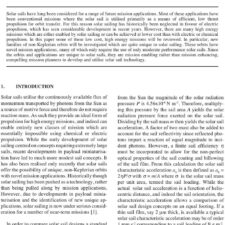Venus Exploration using Piloted Flybys and Telepresence
£5.00
G. Bonin; T. Kaya (2007), JBIS, 60, 321-330
Refcode: 2007.60.321
Abstract:
This paper investigates near-term, low-cost human expeditions to Venus using gravity assisted trajectories and telepresence. In this mission design, a crewed spacecraft is injected onto a near minimum-energy transfer to Venus, and upon arrival is targeted to perform a polar flyby manoeuvre which transforms its outbound trajectory into a heliocentric orbit that maintains close proximity to the planet for an extended period of time. From this vantage point, astronauts can utilize real-time surface communications to remotely operate a series of robotic Venusian explorers. At the conclusion of the mission, a second polar flyby is used to re-inject the spacecraft onto its original trajectory, which returns the crewed vehicle to Earth exactly two years after launch. Employing such gravity-assisted trajectories, an entire round-trip piloted flight to Venus can be accomplished using a single low-energy injection burn leaving Earth, with only minute (<1500 m/s velocity change) adjustments required subsequently. The proposed mission design can be accomplished with either dedicated spacecraft and Evolved Expendable Launch Vehicle (EELV)-class boosters, or alternatively, with combinations of spacecraft and launch systems planned for NASA’s current exploration systems architecture. It is concluded that the mission design proposed herein represents a simple, safe, and cost-effective method of exploring one of the most compelling worlds in our solar system, while simultaneously allowing humankind to extend its reach further into space.

